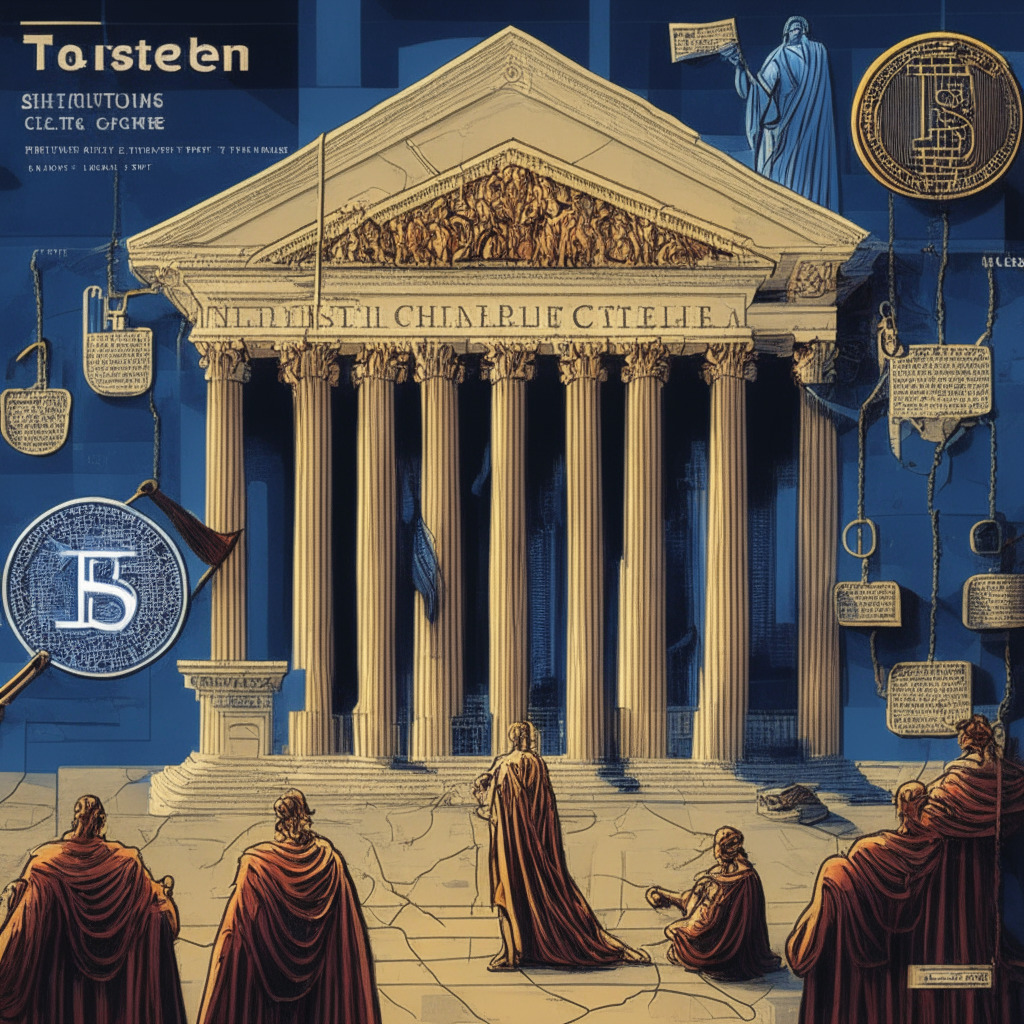The crypto industry has been facing increasing regulatory scrutiny worldwide, and Binance, the world’s largest crypto exchange, has been directly affected in Australia. Recently, the exchange announced plans to remove several spot trading pairs for top cryptocurrencies like Bitcoin, Ethereum, Dogecoin, XRP, Cardano, Solana, and MATIC against the Australian dollar (AUD) starting from June 1 at 6:00 UTC. This decision comes after Binance ended support for many cryptocurrencies against AUD trading pairs, possibly due to regulatory challenges in the country.
It is worth noting that Binance’s announcement comes hot on the heels of the Australian Securities and Investments Commission’s (ASIC) investigation, which accused the exchange of mistakenly categorizing traders as wholesale investors. As a result of the probe, Binance lost its banking partner in Australia, leading to the suspension of AUD deposits and withdrawals. This, in turn, has caused serious problems for the exchange’s users.
Following the removal of AUD trading pairs, Binance will also terminate its Trading Bots service for these pairs. However, users can continue trading these top cryptocurrencies against other trading pairs available on the platform.
The recent developments in the Australian market highlight the broader ongoing debate within the industry – whether increasing regulation is ultimately good or bad for the sector. On one hand, proponents of regulation argue that stricter oversight can prevent fraudulent activities and protect investors, fostering trust and adoption of cryptocurrencies in the long run. This could help establish cryptocurrencies as a legitimate asset class, enhancing their reputation among mainstream investors and financial institutions.
On the other hand, opponents of regulation emphasize the potential stifling effect on innovation and entrepreneurship in the sector. Stricter rules could present obstacles for new companies entering the market, ultimately hindering the growth of the industry. Additionally, there’s a concern that overregulation could trigger a move toward more centralized and controlled systems, deviating from the decentralized ethos of cryptocurrencies.
In the wake of the recent regulatory crackdowns, the trading volume on Binance has taken a significant hit. Binance CEO CZ has acknowledged the intense scrutiny his exchange is facing in light of the FTX collapse. Yet, despite these challenges, it remains to be seen how the crypto industry will adapt and respond to the evolving regulatory landscape. In the meantime, investors should always conduct thorough market research and consider the risks involved in trading cryptocurrencies.
In conclusion, Binance’s decision to cease support for AUD trading pairs can be seen as a direct reflection of the ongoing regulatory challenges the crypto industry faces globally. While the future of regulation remains uncertain, it’s crucial for stakeholders in the ecosystem to remain agile and responsive to these developments, all while weighing the pros and cons of increased oversight.
Source: Coingape




